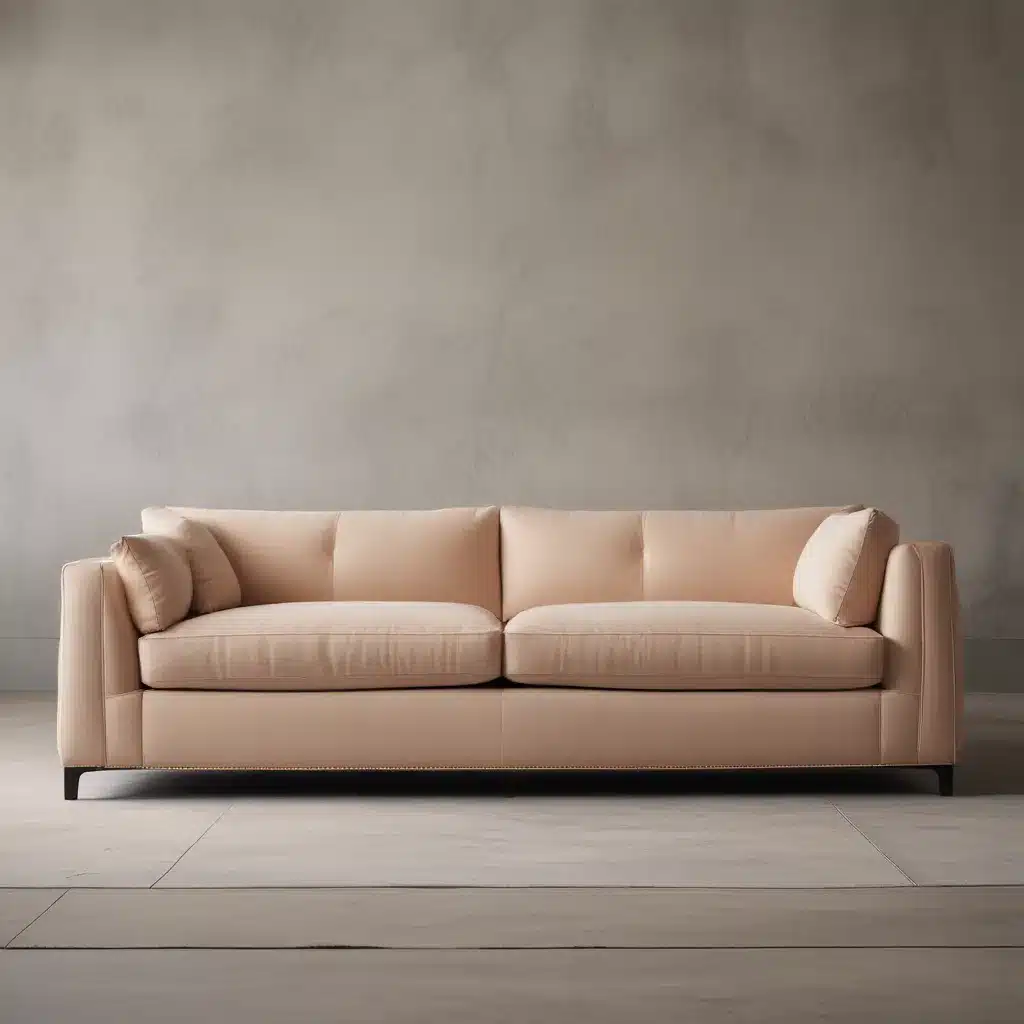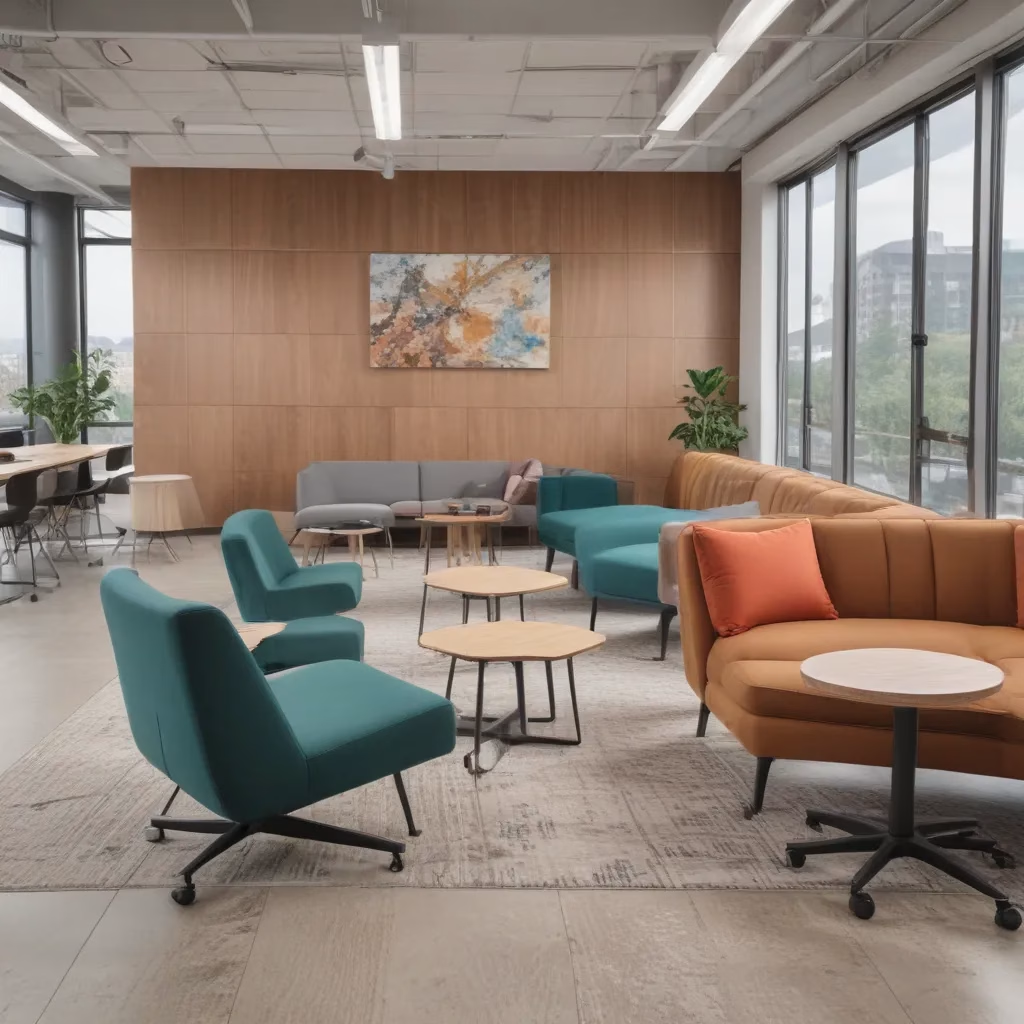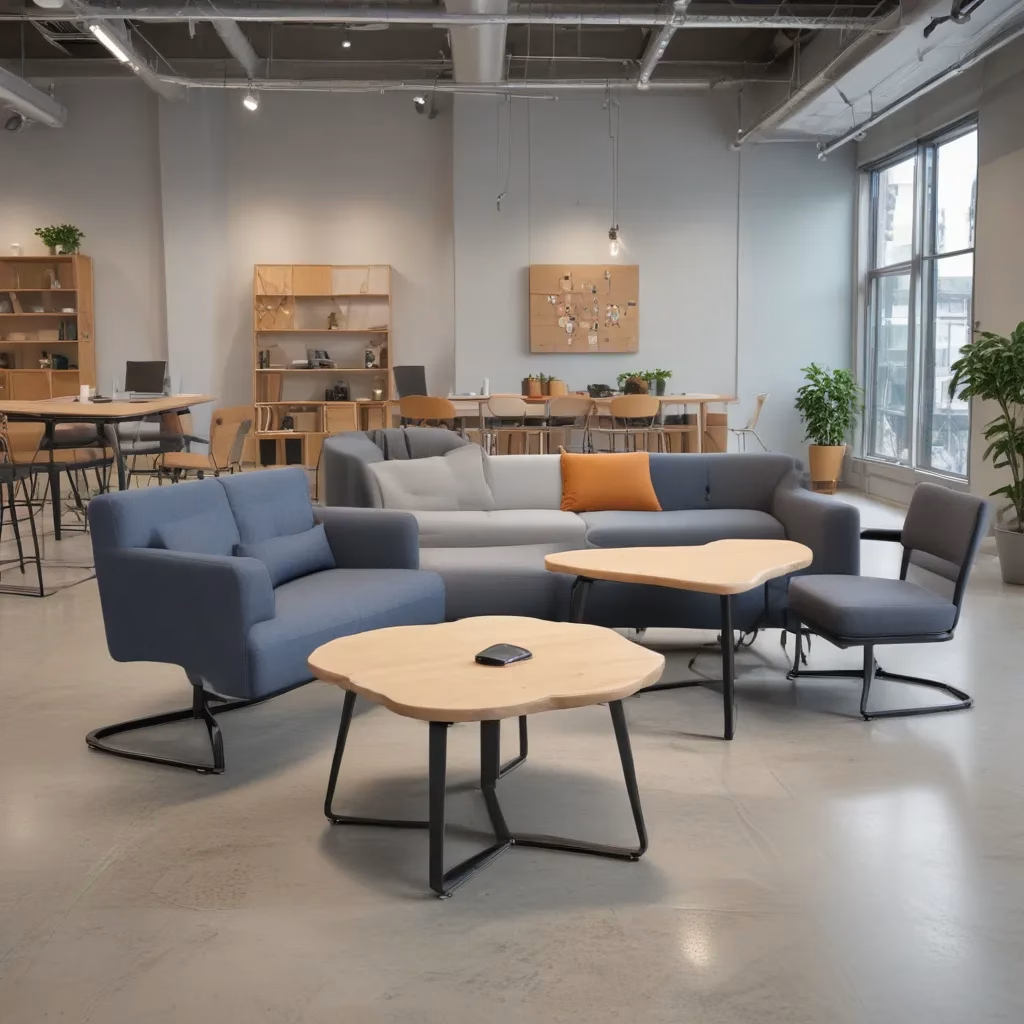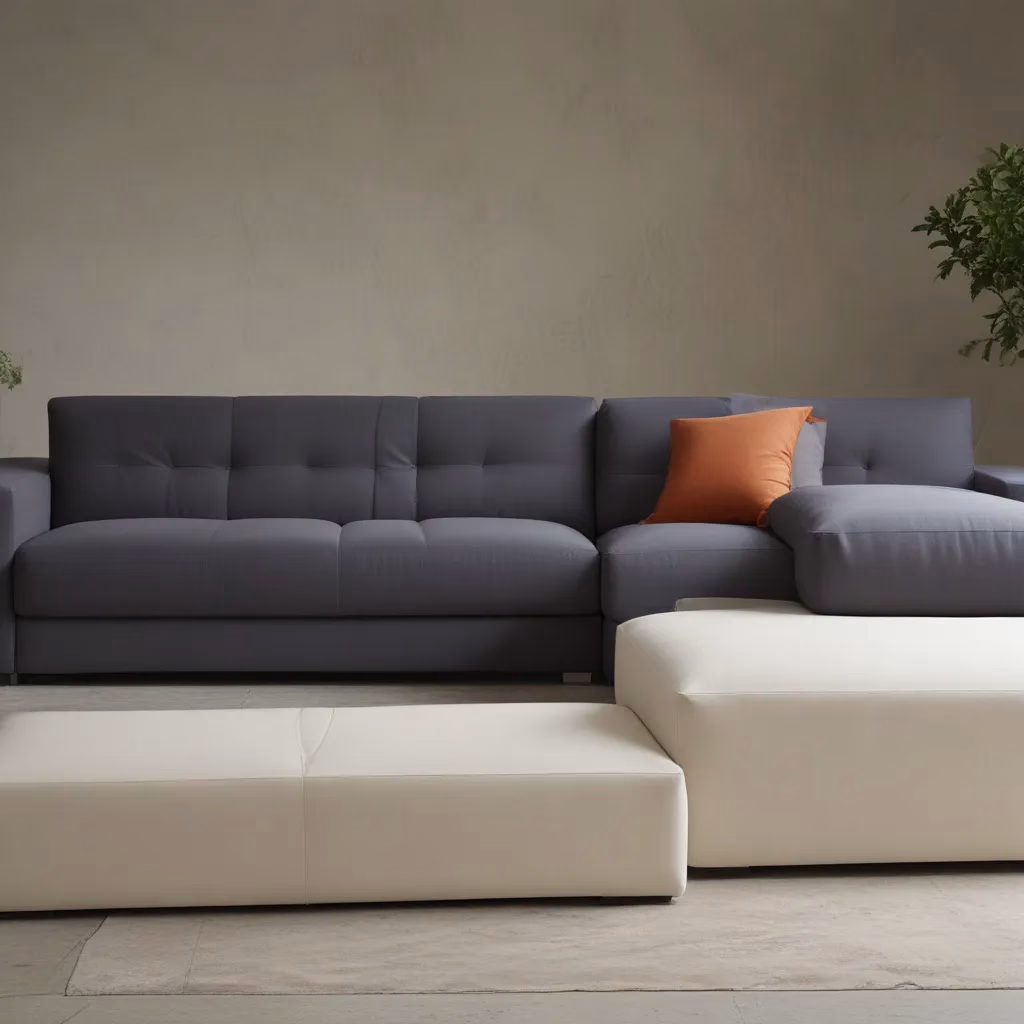The Age-Old Debate: Modern vs. Traditional
As a self-proclaimed design aficionado, I’ve often found myself caught in the crosshairs of the age-old debate – modern or traditional? It’s a battle that’s raged on for decades, with passionate supporters on both sides. But here’s the thing: I don’t believe it has to be an either/or scenario. In fact, some of the most captivating and timeless interiors I’ve encountered masterfully blend elements of the old and the new.
Take, for instance, the stunning home I recently spotted on Laurel Bern Interiors. The space beautifully juxtaposes traditional English roll-arm sofas with a contemporary, minimalist coffee table – a harmonious fusion that creates a warm and inviting atmosphere. And let’s not forget the Nashville abode that expertly mixes modern and traditional elements, seamlessly blending the old and the new.
Defining the Terms: Modern vs. Traditional
Before we dive into the art of blending these two design styles, let’s take a moment to define our terms. When I refer to “modern” furniture, I’m talking about the sleek, minimalist pieces that emerged in the mid-20th century – think Bauhaus, Mies van der Rohe, and Danish Modern. These designs are characterized by clean lines, organic shapes, and a focus on functionality.
In contrast, “traditional” furniture encompasses the timeless, time-honored styles of the past – from the ornate Chippendale and Sheraton pieces to the cozy, roll-arm English sofas. These designs often feature intricate carvings, tufted upholstery, and a sense of elegance that harks back to bygone eras.
The Art of the Blend: Finding the Perfect Balance
Now, the real challenge lies in bringing these two design worlds together in a way that feels effortless and harmonious. It’s not as simple as just throwing a modern coffee table into a room full of antique furnishings. No, there’s a true art to creating that perfect balance.
One of the key things to consider is proportion and scale. As Laurel Bern points out, a sleek, modern sectional from West Elm might not pair well with a classic Chippendale-style table. The styles just don’t complement each other. However, a more pared-down, contemporary sofa with clean lines and tapered legs could work beautifully with a traditional piece.
It’s also important to think about the overall vibe you’re trying to achieve. Is the space meant to be formal and elegant, or casual and cozy? The mix of modern and traditional elements can create vastly different moods depending on how you approach it. A monochromatic color scheme and minimal decor, for instance, can lend a contemporary feel to a room full of traditional furnishings.
Mixing Furniture Styles: Dos and Don’ts
As I’ve explored the art of blending modern and traditional design, I’ve stumbled upon a few guiding principles that have served me well. Let’s dive into the dos and don’ts of this stylistic dance:
DO:
– Look for “universal donor” pieces that can seamlessly integrate into any design style, like the sleek, versatile Anthropologie Oscarine lucite and brass coffee table.
– Embrace neutral color palettes and clean lines as a foundation, then layer in pops of color and texture through accessories and accent pieces.
– Consider the architecture of the space – a 19th-century brownstone demands a different approach than a 1960s ranch home.
– Curate your collection with intentionality, drawing inspiration from retailers like Anthropologie and West Elm, which have already mastered the art of blending styles.
DON’T:
– Haphazardly combine modern and traditional pieces without considering scale, proportion, and overall aesthetic.
– Expect a rustic, distressed coffee table to seamlessly integrate with sleek, Italian-inspired furniture.
– Forget to take the formality of the space into account – a formal, grand room will require a different approach than a casual, relaxed one.
Bringing it All Together: A Timeless, Eclectic Masterpiece
At the end of the day, the most successful blends of modern and traditional design share one common thread: a sense of timelessness. As Laurel Bern eloquently states, “a timeless room by definition is always fresh.” And that’s precisely what we’re aiming for, isn’t it?
Whether you gravitate towards the clean lines and minimalist aesthetic of modern design or the warm, inviting charm of traditional furnishings, there’s a way to incorporate both into a cohesive, harmonious space. It’s all about striking the right balance, paying attention to the details, and curating your collection with intention.
So, the next time you find yourself caught in the modern vs. traditional debate, remember this: the most captivating interiors are the ones that seamlessly blend the old and the new, creating a timeless oasis that feels both fresh and familiar. And who knows, maybe your next project will be the one that sets the new standard for modern-traditional bliss.
In the meantime, I’ll be over here, scouring the Sofas Spectacular website for the perfect combination of classic and contemporary to bring my vision to life. Care to join me?




